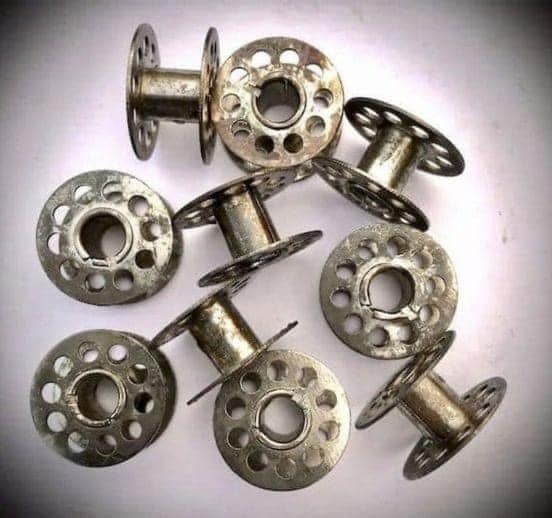Within the cozy corner of your grandmother’s attic, buried among her traditional stitching apparatus, there is a small assortment of metallic relics that bring us back to a time when precise workmanship and passionate innovation were so prevalent. These are none other than thread bobbins, which are becoming just as commonplace in homes as cellphones are becoming more commonplace in the current day.
It is the year 1970, and these unassuming bobbins represent more than just the components of a sewing machine; they are emblems of self-sufficiency and the ability to express one’s creative side. Each and every bobbin, with its tiny perforations and hole core, was painstakingly constructed to be firmly coiled with thread, ready to be placed into a sewing machine, which is the absolute pinnacle of home creation.
It was not only a pastime that was done in one’s free time; rather, it was an essential skill that was passed down from generation to generation. In addition to beautifying our bodies and embellishing our homes, it was the transforming artwork of imbuing flat fabric with three-dimensional life. These seemingly little bobbins played a significant role in the production of garments that were designed to withstand the test of time and even become heirlooms in homes during a time period that before the era of rapid fashion and mass production.
At one time,
See continuation on next page

